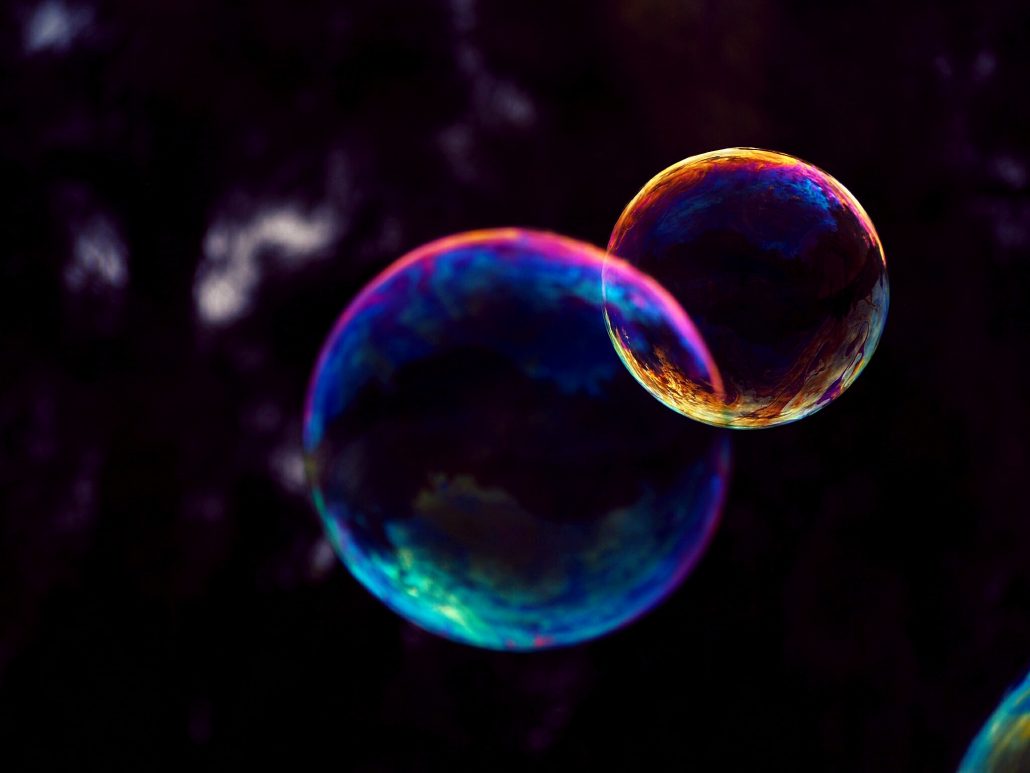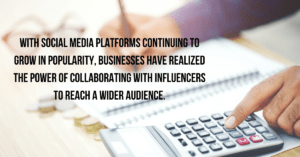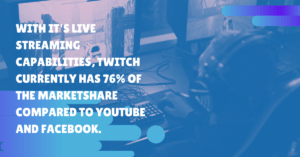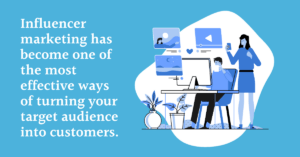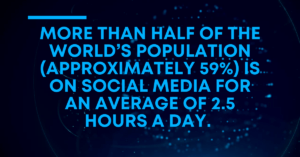Influencer marketing is everywhere. It seems that all brands from tiny startups to major conglomerates are using social media influencers to tout their success. A study in 2015 showed that 84% of marketers use influencer marketing tactics. And we see why. Influencers generate huge returns. But crowding in the marketplace is making us wonder, is there an influencer marketing bubble?
The Case of the Influencer Marketing Bubble
An economic bubble is when the price of an asset exceeds its intrinsic value, usually because of unrealistic expectations about future value. In terms of influencer marketing, it means that some experts argue that influencer marketing can’t sustain the high returns customers are currently seeing. Or at least that’s what some naysayers argue.
The concept of an influencer marketing bubble keeps coming up because there are some arguments in favor of it. The market is crowded. As mentioned above, some 85 percent of marketers use influencers. A report by Celebrity Intelligence says that digital influencers are the most popular choice for brand endorsements.
When a market becomes so crowded, it’s easy to worry people aren’t considering the real value. Influencer marketing can be hard to quantify. What is the numeric value of brand awareness? What does an influencer provide a brand? If it cannot be linked to direct sales, how are you measuring success when it comes to influencer marketing?
There are also arguments in favor of an influencer marketing bubble that come with the territory of social media. As influencer value has grown, so have ways to game the system. Brands are now struggling to distinguish between real and fake engagement gained through bots and fake followers. Could success be purchased? Are brands paying for fake engagements?
What a Crash Could Mean
In the economic theory of a bubble, what goes up must come back down to meet reality. If influencer marketing is in a bubble, eventually returns would burst and crash down to more realistic levels.
For brands, this would mean returns would drop to a point that a majority of marketers would leave the market. Billions of dollars would be wasted and many marketing plans would be shot.
Why We’re Still Trusting Influencer Marketing
So, we just made a scary case. A dystopian future where ad dollars are wasted and influencers are only buying engagements. But here at Sideqik, we think that’s fiction.
Influencer marketing as it is currently known may be growing in popularity, but influencer marketing has been around forever. We used to call it word-of-mouth marketing. And it’s proven to be 50 times more effective than traditional ad spending.
The trick to avoiding a bubble is knowing the true value of influencer spending. This means you should know the dollar value of each view, like, favorite, comment or share. If you know the real value of an influencer, there isn’t a bubble to burst, just a math equation to view the positive returns on your investment.
The Bubble isn’t Bursting, the Industry is Changing
Influencer marketing isn’t going anywhere. But to avoid over-saturation, marketers must evolve. Initially, many brands turned to social media superstars to talk about their brands. But now, most data suggests that micro-influencers — or influencers in the sweet spot of 10,000 followers to 100,000 followers — are more effective than megastars who ask for six-figure paychecks. Tailoring your influencer strategy around authentic influencers that audiences trust is key.
Other changes are around those quantifiable goals and metrics we mentioned above. Reach is important, but having active followings and engagement is better. Influencers who are true experts or advocates in a brand’s sector are much more valuable than big stars who partner with anyone with a large enough budget.
In Conclusion
It’s scary to see any industry grow at such a rapid clip as influencer marketing has. But not everything with rapid growth leads to a bubble. Marketers can avoid an influencer marketing bubble crash as long as they define goals, measure success accurately, and change with audience behavior.

